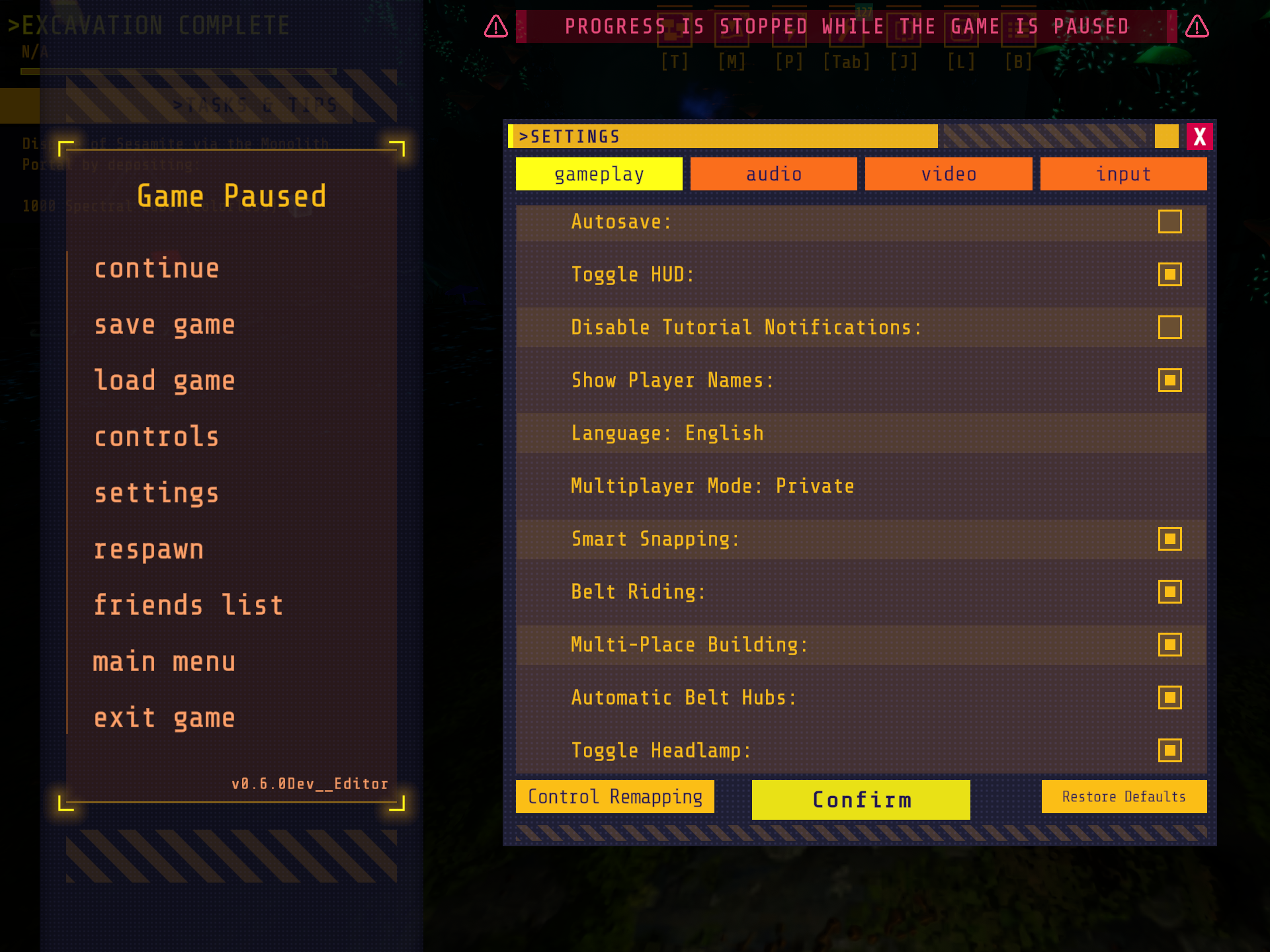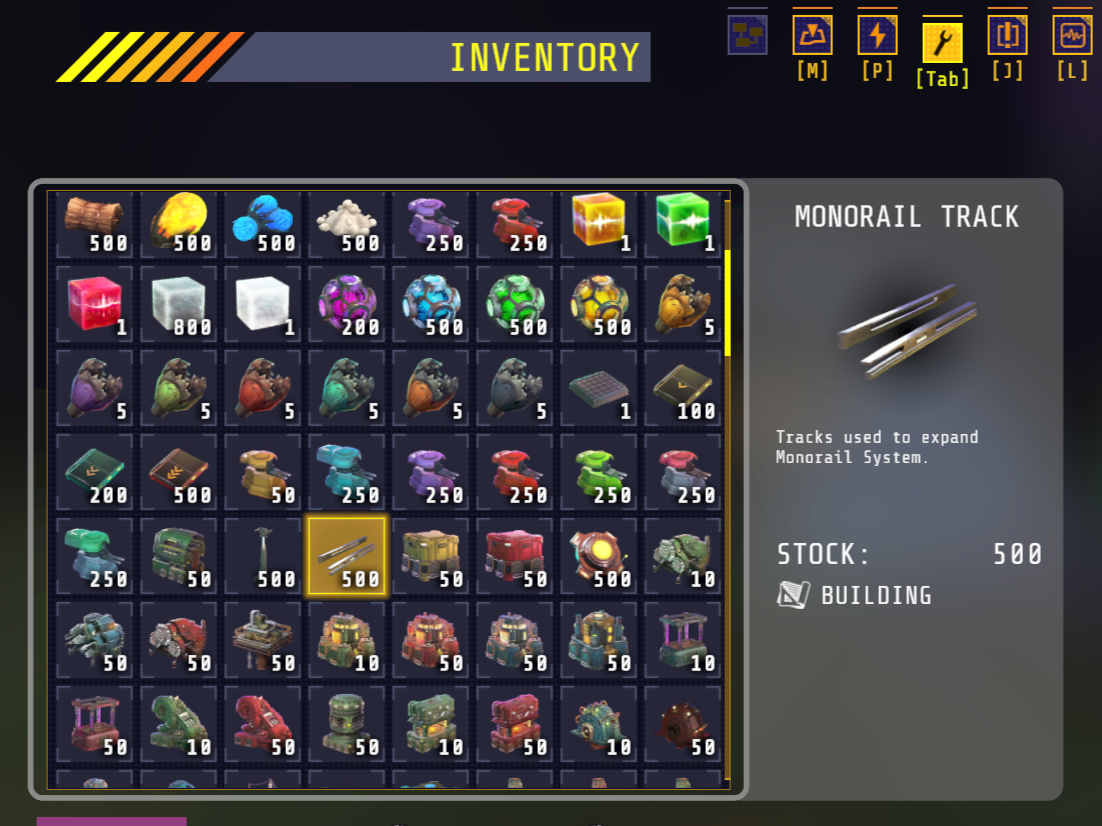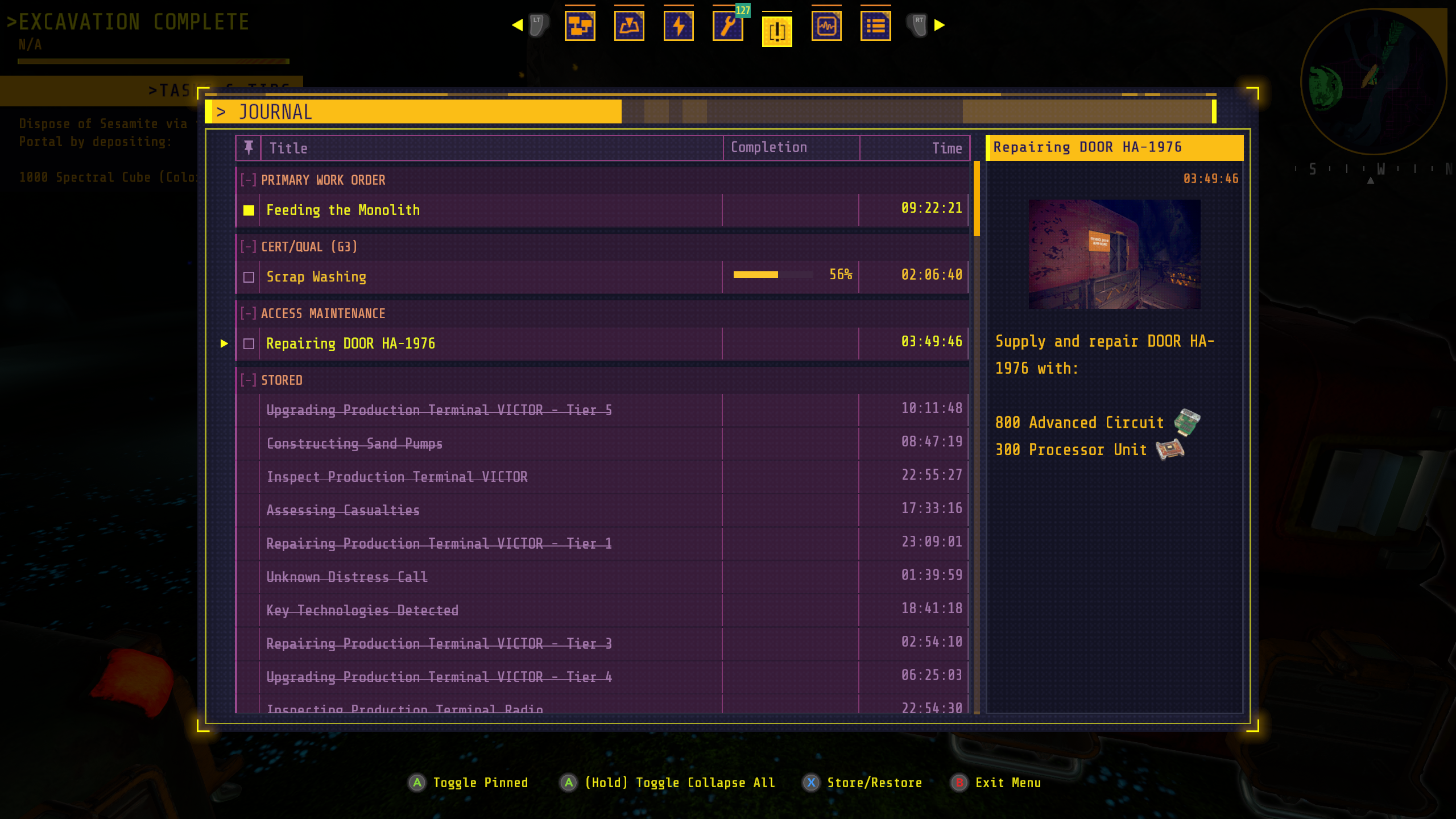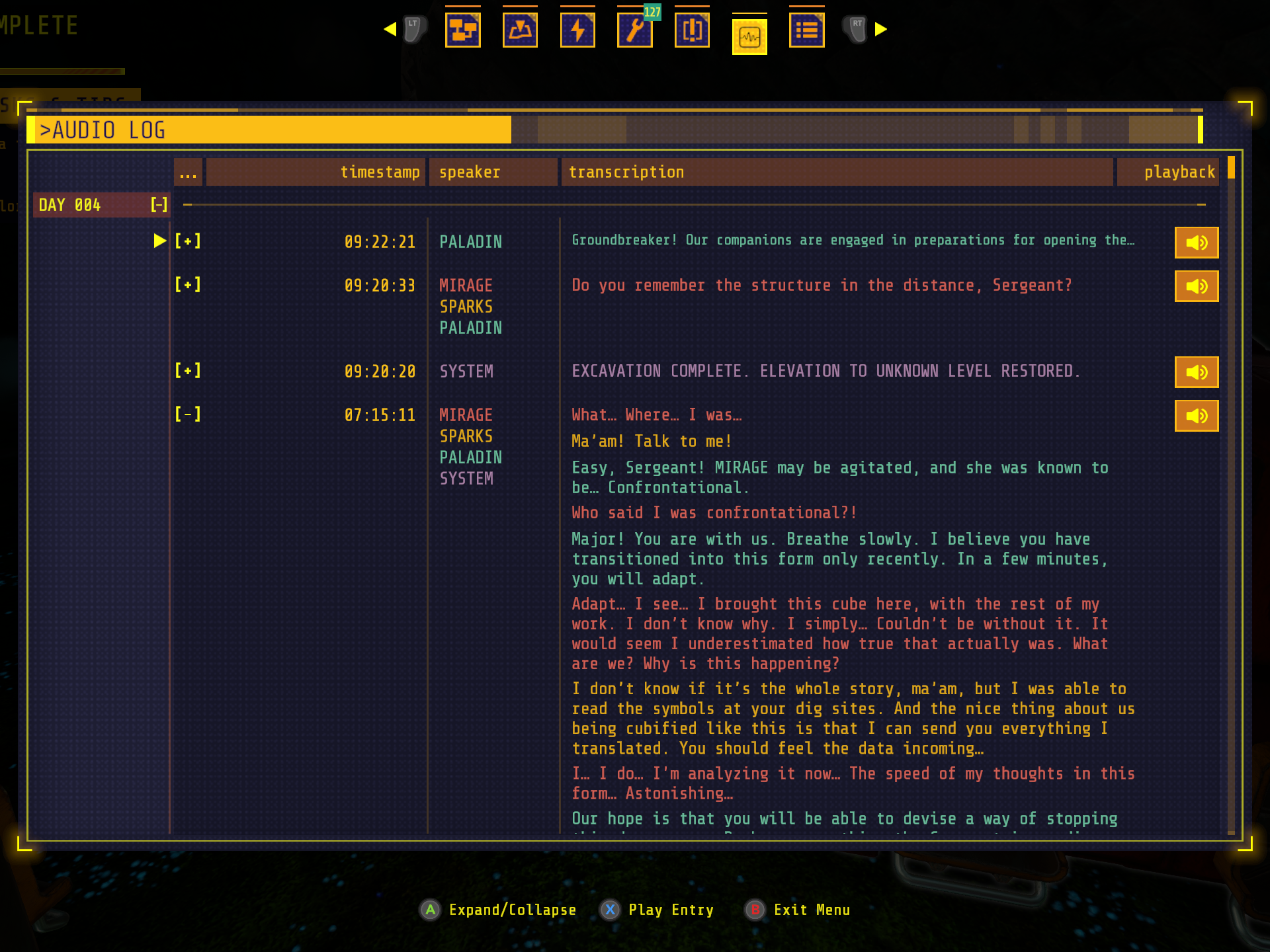As part of a broader UI refactor, I was responsible for engineering the Settings Menu system with a focus on making it scalable, designer-friendly, and responsive to platform-specific and runtime needs.
While I contributed to UI adjustments across several passes, my primary responsibility was implementing the underlying systems that tracked, applied, and persisted setting values across sessions and input devices.
Key Responsibilities
- Refactored a prototype settings menu into a production-ready system.
- Developed a modular settings architecture supporting toggles, sliders, and dropdowns.
- Created tools for designers to define and organize settings data.
- Implemented runtime logic for auto-configuration, persistence, and dynamic UI generation.
- Ensured input device flexibility (mouse/gamepad) and platform-specific visibility of settings.
- Integrated the system with persistent save/load, default fallbacks, and runtime application of changes.
System Design Overview
Dynamic UI Elements
To support future extensibility, I abstracted settings interactions into three reusable, configurable prefabs:
- Toggle
- Slider
- Dropdown
Each prefab supported runtime initialization via setting metadata and communicated changes via OnValueChanged events.
Designer-Facing Config Data
Each setting was defined via serialized fields on the menu prefab:
- Name & Category (Gameplay, Audio, etc.)
- Input Type (toggle/slider/dropdown)
- Value constraints
- Default value
- Applicable platform(s)
- Applicable game context (in-game vs. title screen)
While I advocated for ScriptableObject-based data, we opted to keep the config embedded for the time being due to production stability needs and QA overhead. This was a conscious tradeoff for risk mitigation during a critical phase.
Runtime Instantiation & Categorization
At startup, the system:
- Instantiated the correct prefab based on config.
- Assigned values, labels, and placement based on category.
- Automatically hid settings that didn’t apply to the current platform or context.
- Supported clean layout expansion for future settings.
Input-Responsive Design
The system was designed to:
- Support hot-swapping between input devices.
- Update button prompts and navigation based on the current control scheme.
- Preserve accessibility and clarity regardless of interaction method.
Applying Settings at Runtime
Settings changes propagated through a centralized manager that:
- Applied changes immediately (when safe) or queued them for confirmation.
- Wrote changes to persistent storage.
- Ensured the appropriate game systems were updated (e.g., audio, display, input bindings).
Takeaways
This system showcases my strengths in:
- Gameplay systems programming: building extensible, real-time systems that affect core game experience.
- UI engineering: bridging designer intent and runtime behavior across input types and platforms.
- Technical design: thinking through edge cases, scalability, and production constraints to make sustainable decisions.
The result was a flexible, future-proof settings system that could grow with the game and adapt to its players.
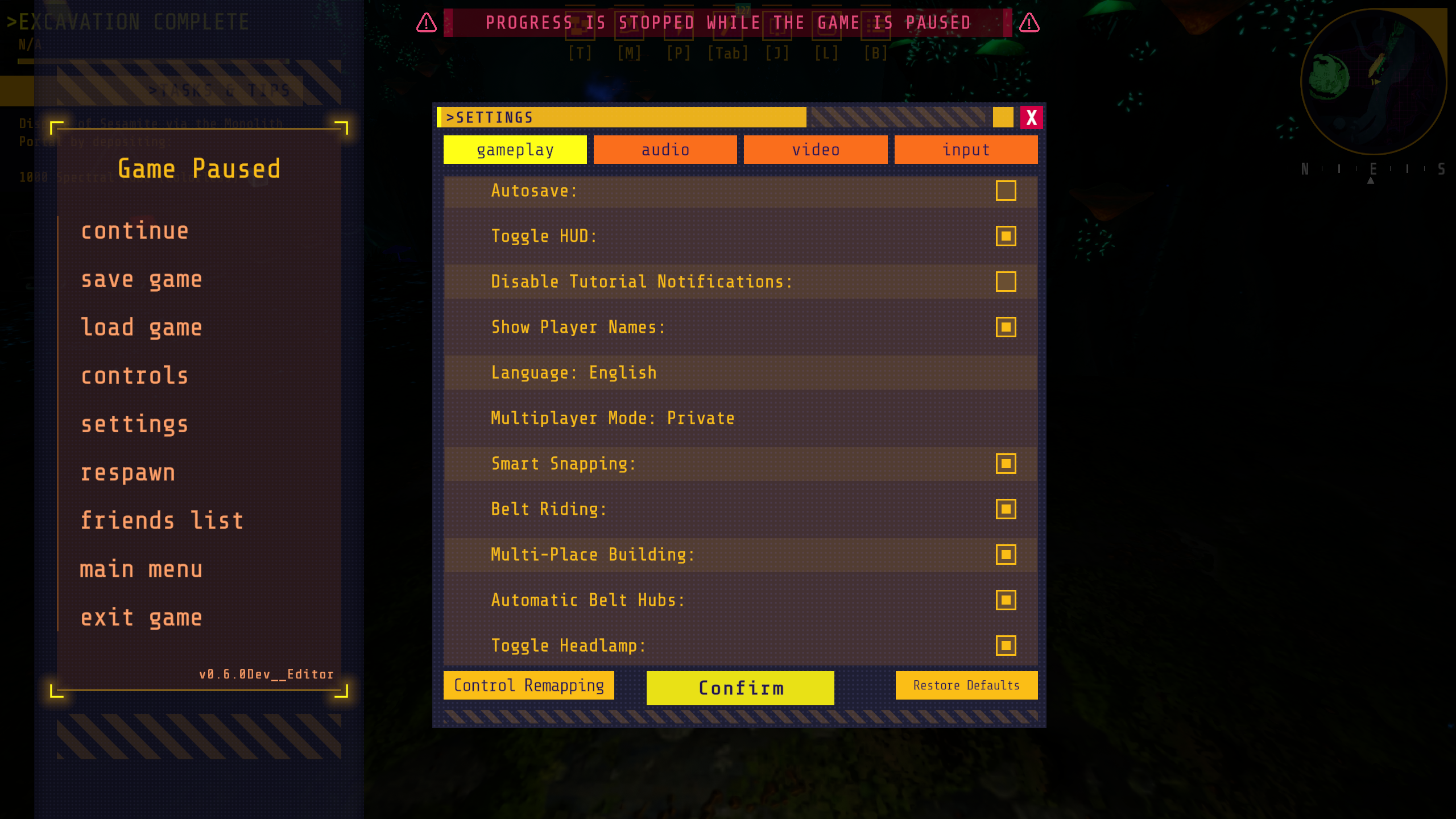
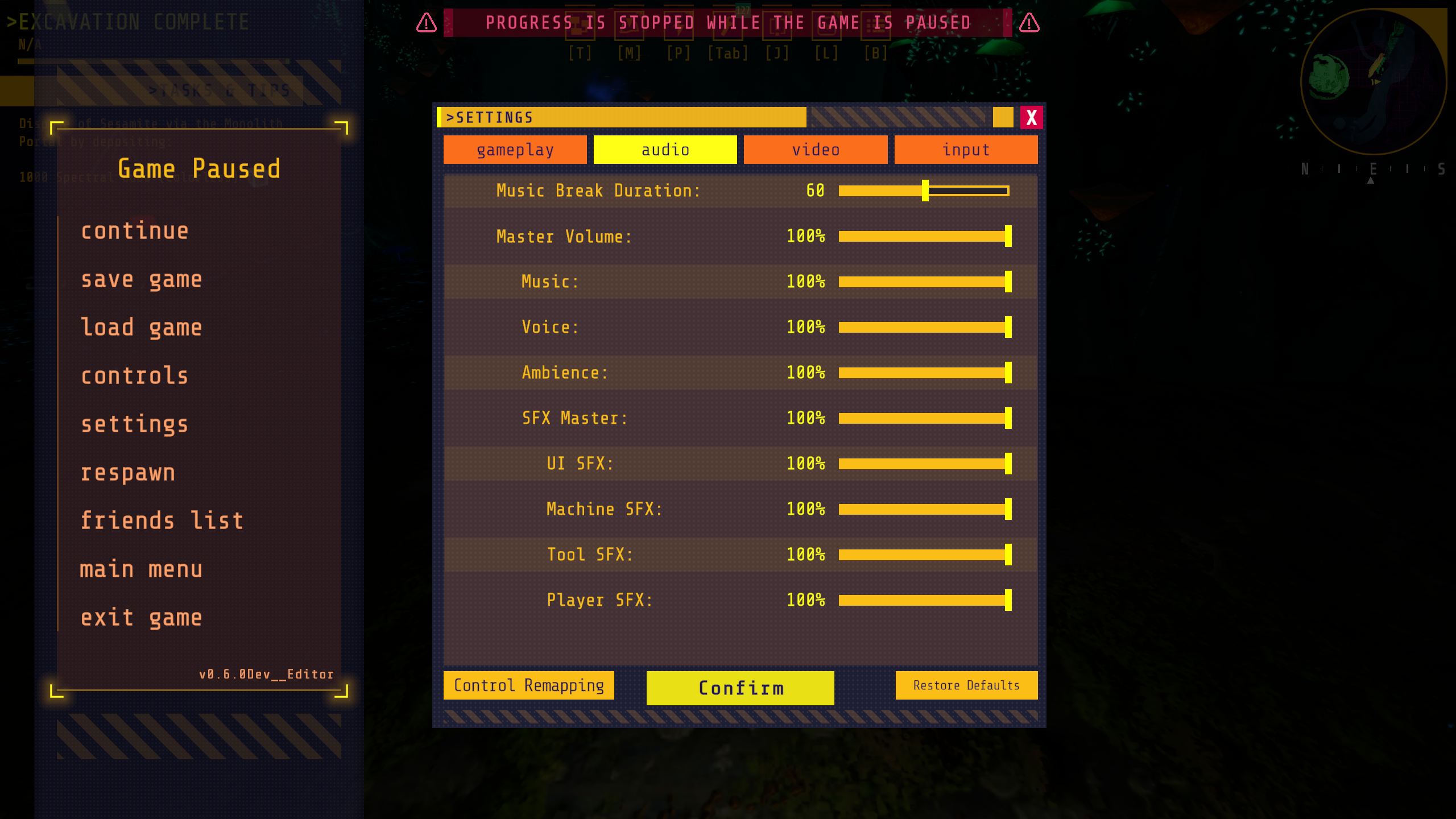
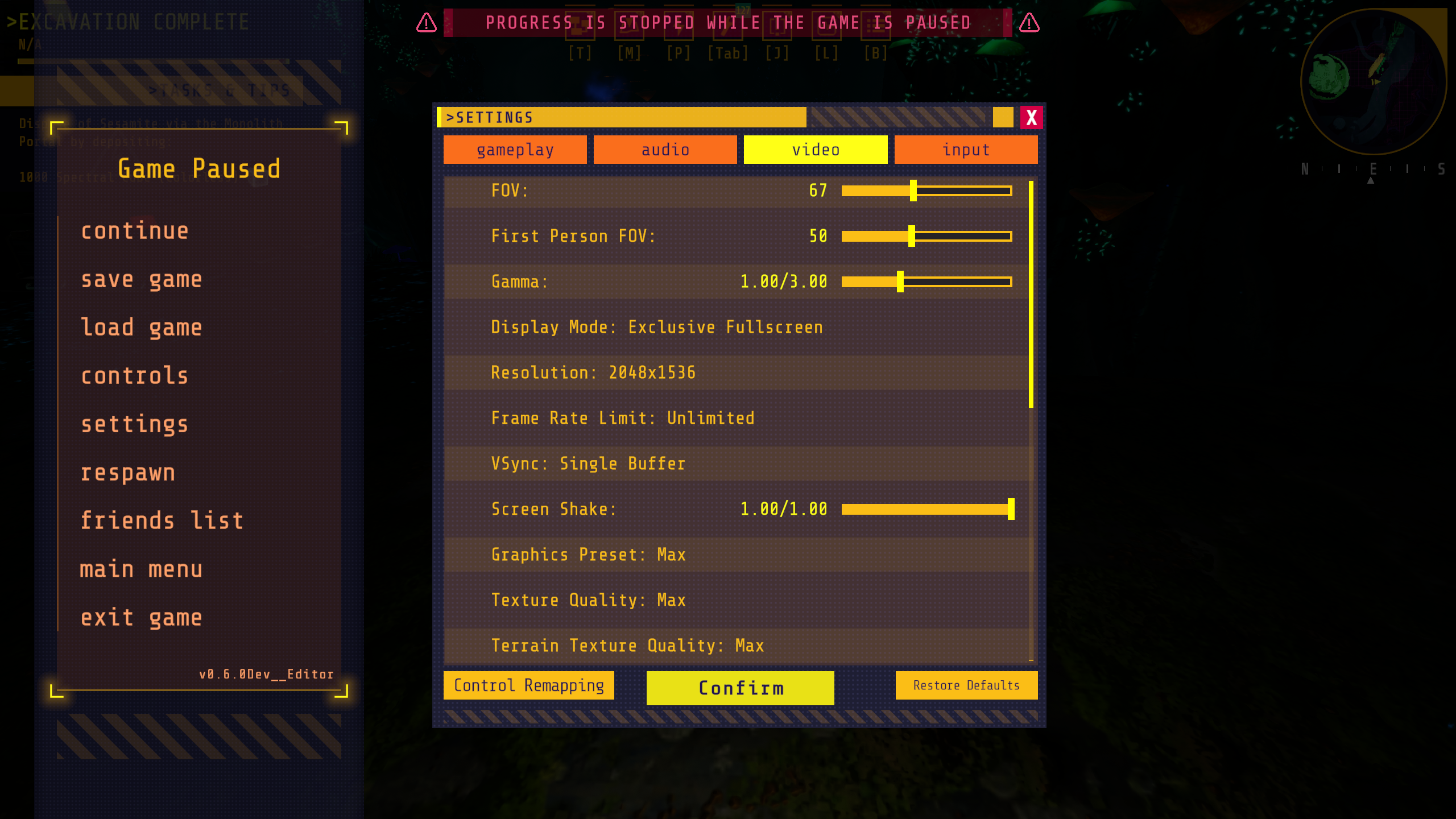
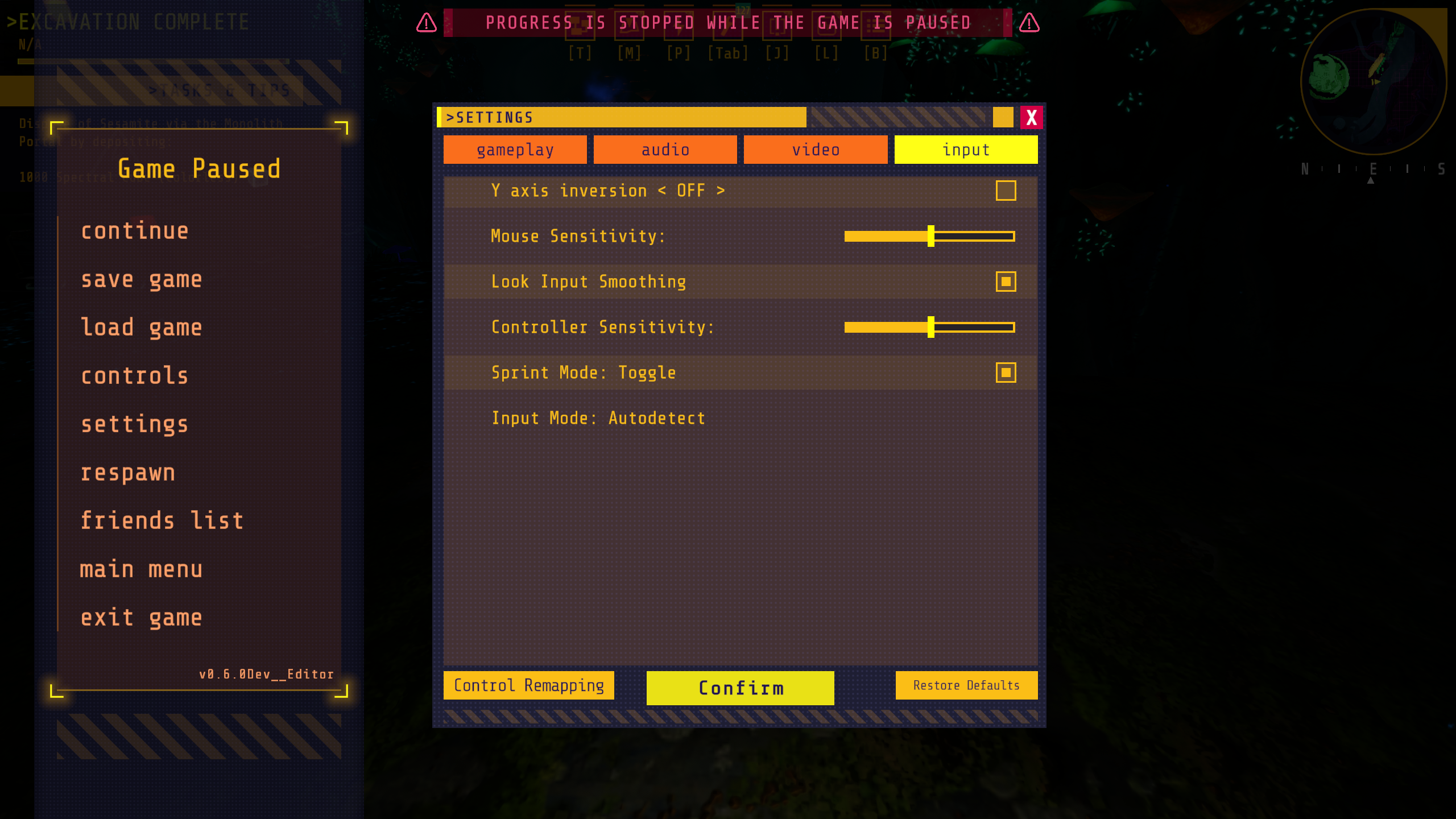
A gallery of stunning shots
